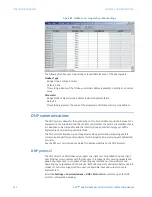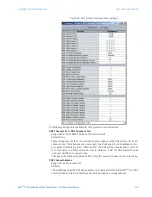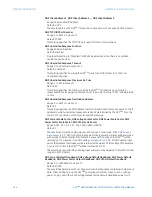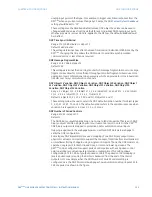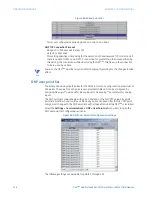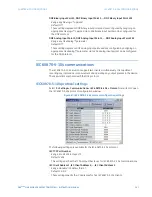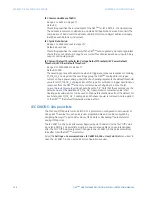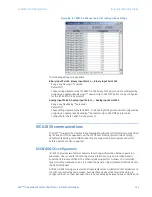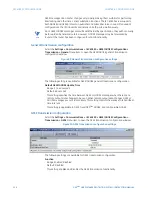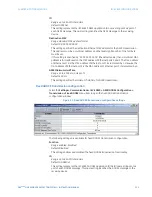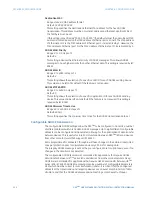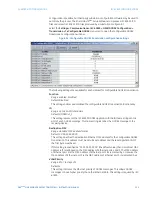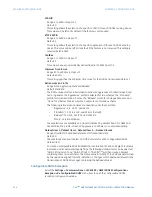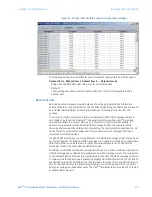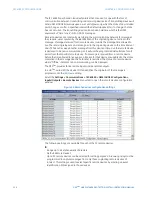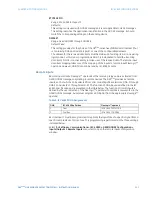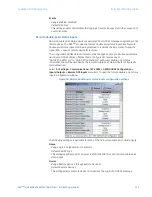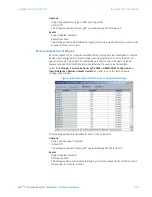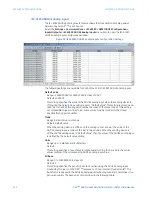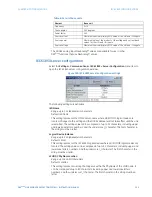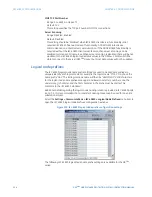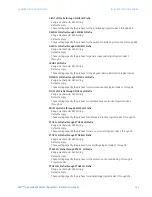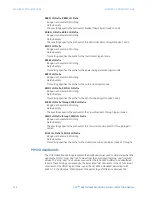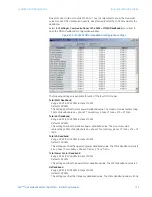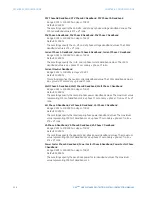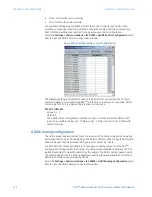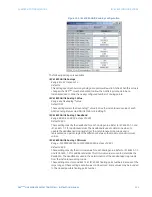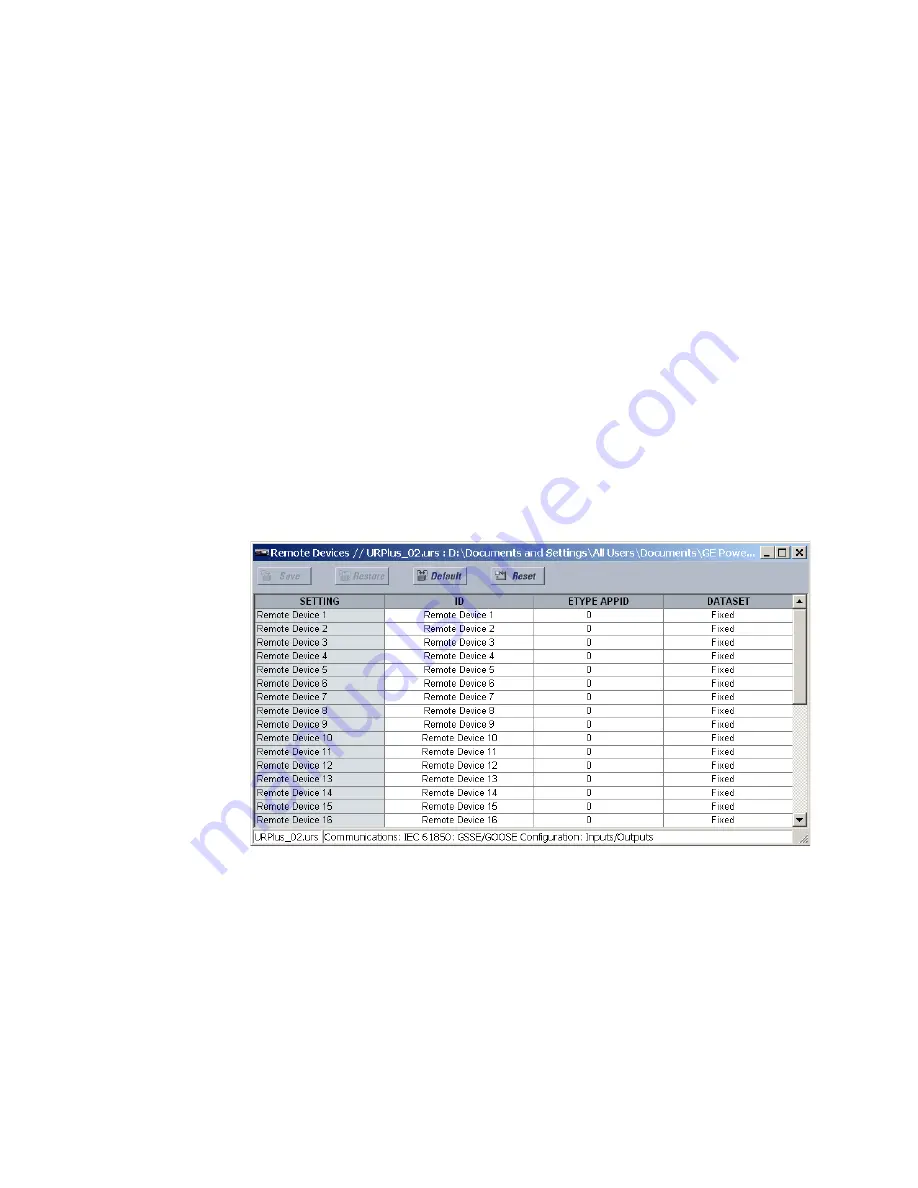
116
D90
PLUS
LINE DISTANCE PROTECTION SYSTEM – INSTRUCTION MANUAL
IEC 61850 COMMUNICATIONS
CHAPTER 6: COMMUNICATIONS
The IEC 61850 specification includes features that are used to cope with the loss of
communication between transmitting and receiving devices. Each transmitting device will
send a GSSE/GOOSE message upon a successful power-up, when the state of any included
point changes, or after a specified interval (the default update time) if a change-of-state
has not occurred. The transmitting device also sends a hold time which is the GSSE
equivalent of “time to live” in IEC GOOSE messages.
Receiving devices are constantly monitoring the communications network for messages
they require, as recognized by the identification of the originating device carried in the
message. Messages received from remote devices include the message time allowed to
live. The receiving relay sets a timer assigned to the originating device to this time interval,
and if it has not received another message from this device at time-out, the remote device
is declared to be non-communicating, so it will use the programmed default state for all
points from that specific remote device. If a message is received from a remote device
before the time allowed to live expires, all points for that device are updated to the states
contained in the message and the hold timer is restarted. The status of a remote device,
where “Offline” indicates non-communicating, can be displayed.
The D90
Plus
provides for 64 remote inputs and 64 remote outputs.
In a UR
Plus
-series IED, the device ID that identifies the originator of the message is
programmed in the
IED Name
setting.
Select the
Settings > Communications > IEC 61850 > GSSE/GOOSE Configuration >
Inputs/Outputs > Remote Devices
menu item to open the remote devices configuration
window.
Figure 94: Remote devices configuration settings
The following settings are available for each of the 32 remote devices.
ID
Range: up to 65 alphanumeric characters
Default: Remote Device 1
Up to 32 remote devices can be selected for setting purposes. A receiving relay must be
programmed to capture messages from only those originating remote devices of
interest. This setting is used to select specific remote devices by entering an exact
identification (ID) assigned to those devices.

